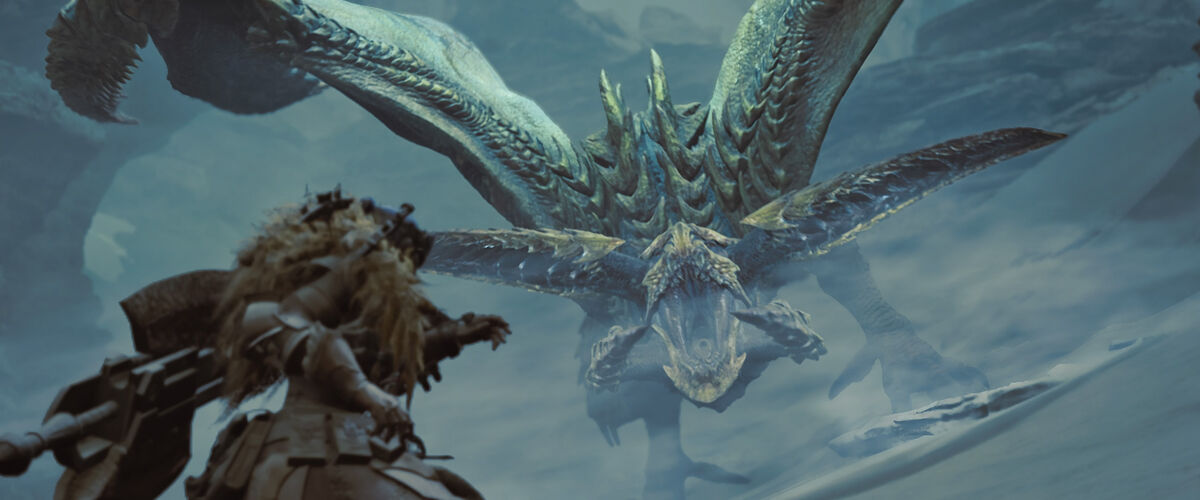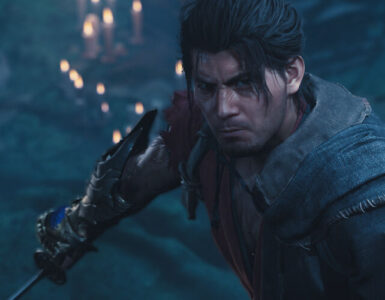If there’s a way to describe the highly popular and successful Monster Hunter series, it would be “If it ain’t broke, don’t fix it.” The long-running Capcom tentpole has always been clear about its centrepiece – giant, daunting monsters that are as dangerous as they look, with the end goal reflected in the title. A tradition rooted in unchanging familiarity, the series continues to honour the grind of hunting monsters, finding a niche appeal in seeking out beasts for parts, crafting and upgrading gear to defeat bigger apex predators, and doing everything all over again.
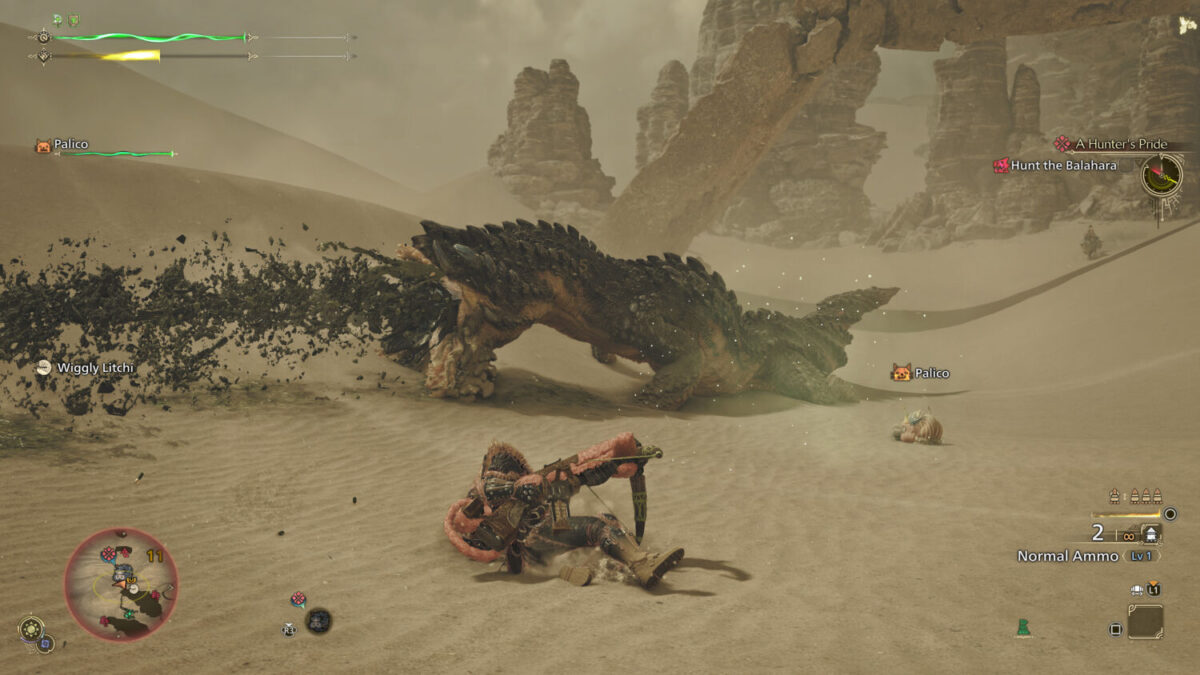
But recent entries are slowly breaking away from the mould, as the franchise looks to carve out a legacy in the mainstream space. The past two iterations, 2018’s Monster Hunter World and Rise (2021) proved successful in their endeavours to narrow the gap between veteran and aspiring hunters, so it’s only natural that Monster Hunter Wilds will tread further down the route of accessibility while preserving the core experience that longtime enthusiasts love.
Where bold ambition usually breeds pitfalls and risks, it works greatly in the game’s favour here, and that’s saying a lot, coming from someone who’s never been able to get into the franchise. This latest outing proves to be an exception, driven by a scintillating combination of narrative, mechanical, and game flow improvements that make joining the hunt more exciting, engaging, and enticing than ever before.
As shared in a previous preview that covered the first five hours of its story, the opening moments ooze surprising magnetism, making it easy to be pulled into the animated cutscenes. There’s a gripping quality to them that was missing in all the past generations, which is fair game because nobody plays Monster Hunter for the plot, but the visual polish of Capcom’s RE Engine, alongside the series’ first-ever fully-voiced player hunter, does wonders in cultivating immersion. Facial expressions are furnished with a realistic touch, and there’s a livelier fluidity to character animation.
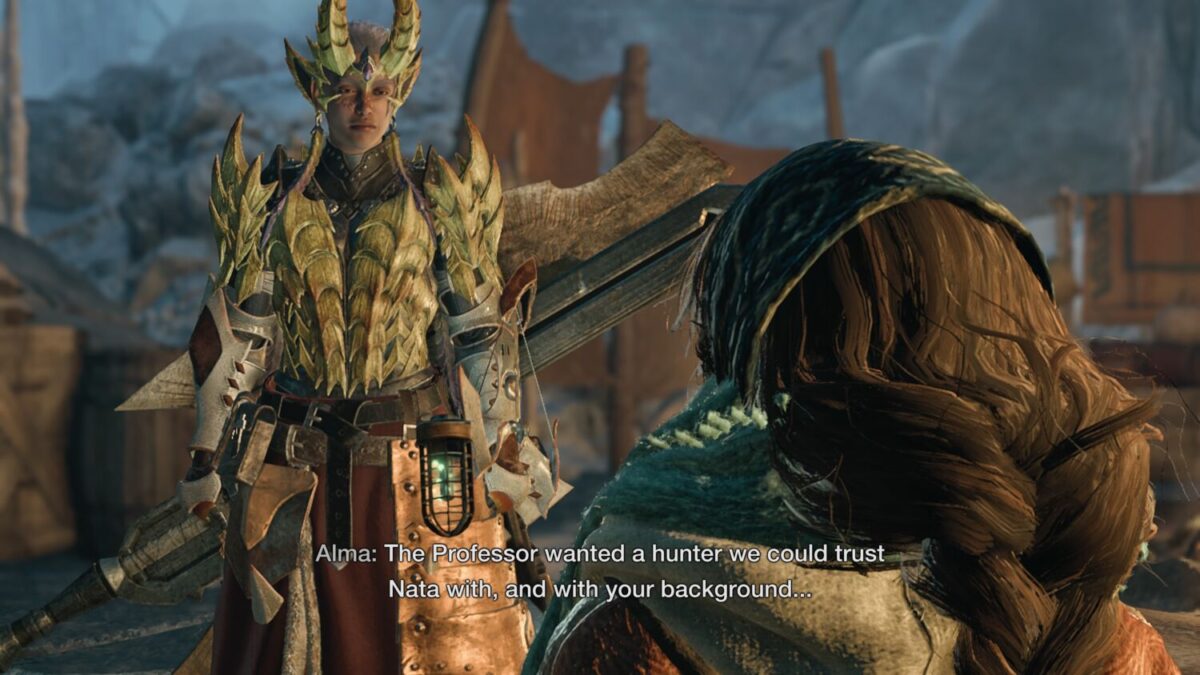
At the centre of the story is a young boy called Nata, encountered by members of the Hunters’ Guild in the Forbidden Lands, while fleeing his village after the powerful White Wraith seemingly wiped out his entire tribe. To uncover the mystery surrounding the powerful monster and Nata’s origins, the player is sent away to explore this new landscape, meet its people, and of course, slay some critters.
The immediate dive into worldbuilding and lore elements is a surprise move that may catch longtime fans off guard, and even if the effort still remains its weakest link, it’s a respectable stab at building up intrigue, offering an optimistic – albeit brief – glimpse of the series’ untapped narrative potential. It certainly helps that the companions in Monster Hunter Wilds now sport a distinct personality, from the helpful handler Alma and upbeat Gemma to the suave, tough-as-nails Olivia and curious Erik, who occasionally join the team during the main questline. Empathy also comes easy for Nata, and the major characters are all likeable in their own way.
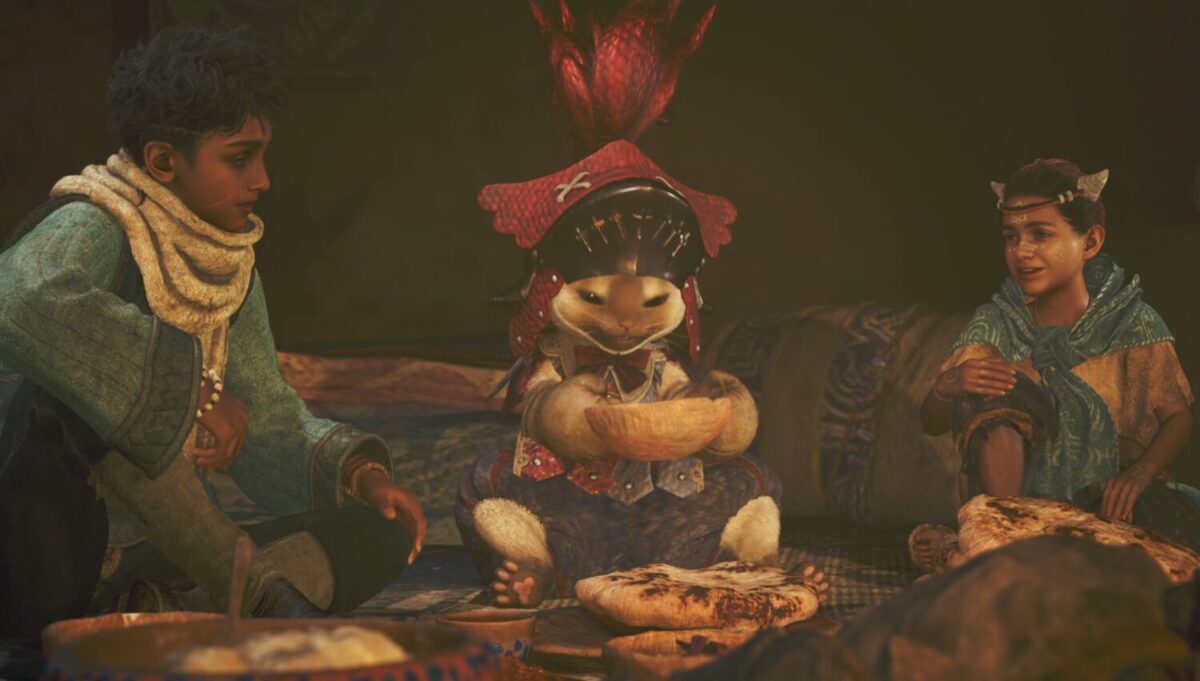
The action doesn’t take too long to kick in, either. Around 30 minutes into the tutorial sequence, players will find themselves going toe to toe against a Chatacabra, a spiky, spiny beast with a giant tongue, revealing a new bag of tricks for combat. Capcom’s latest, as mentioned earlier, is a pivot from the notoriously steep learning curve of the past, introducing several major tweaks to help newcomers ease into the swing of things. The fundamental dance remains unchanged: engage a fearsome monster, hack a part of its body off, chase it down, and rinse and repeat. A new Focus Mode system now better facilitates this rhythm, allowing players to create a wound by repeatedly striking a specific body part and start ripping it open. Attacking these glowing spots deals more damage, and the beast is knocked down after receiving enough devastation as the wound “breaks” and resets.
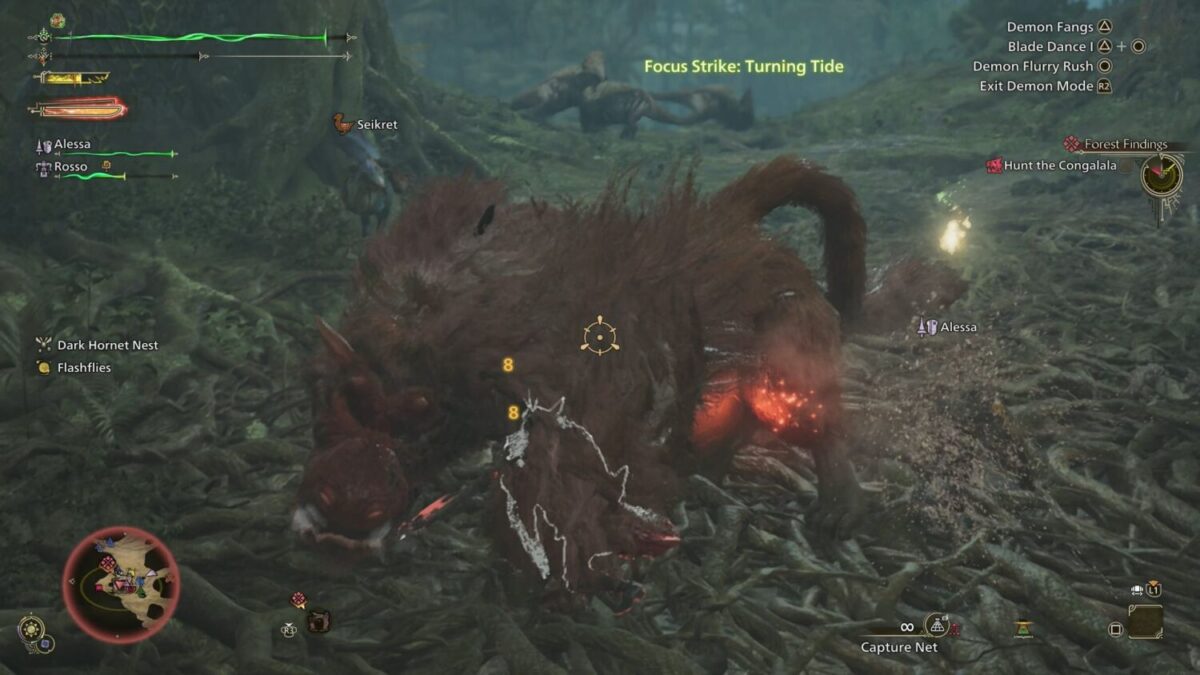
It’s a straightforward execution that series neophytes will take quickly to, with each body-breaking blow packing a satisfying oomph. However, veterans may find the mechanic overly watered down for their liking, as it works too well in action and diminishes the appeal of what makes the franchise so beloved in the first place, of challenging yet rewarding hunts. Monster Hunter has always been at its best when it’s challenging, and concerns about losing its core identity are valid, even if other basic manoeuvres like mounted attacks are still present.
Even as a newcomer, the combat proved to be very manageable until the later stages, where critters come in an empowered Tempered state and can make flying creatures a nightmare to fight against. A 14-hour playthrough saw little need to constantly upgrade and craft new equipment or gear, and the surprisingly competent AI support hunters – who join the party once a flare is fired, bringing back the SOS system from its predecessor – are extremely helpful in a pinch. Like before, grilling makes for a nifty pre-hunt ritual with the bonuses and buffs it grants, except the meals now look more delectable and mouth-watering with the RE Engine polish.
Navigation is as straightforward as it gets, too. Monster Hunter Wilds features a new mount in the form of a Seikret (think Final Fantasy’s chocobo), equipped with autopilot tendencies that guide players to their next monster or campaign objective, whether it’s climbing, gliding, or sprinting. The game also offers the option to toggle the functionality off for those who want to soak in the sights at their own pace, striking a nice balance between accessibility and player freedom.
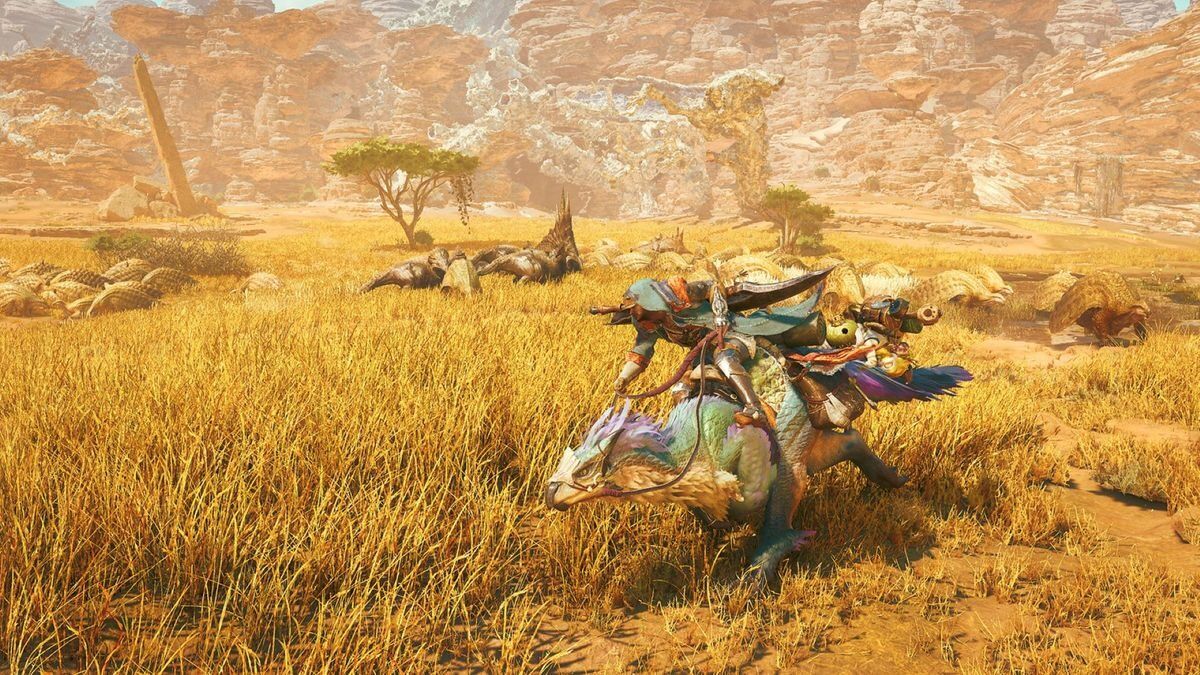
Make no mistake though – the streamlined experience doesn’t mean that Monster Hunter Wilds is immediately accessible. For individuals unfamiliar with the franchise’s staple workings, it’ll still take a fair bit of time to get accustomed to the necessary user interface (UI) clutter and busy multitasking. Apart from cycling through inventory items, ranged ammunition, and various gadgets, there’s a separate radial menu for actions like firing a flare to tackle as well. The intricacies can get overwhelming in the thick of the action, resulting in the occasional fumble, and the camera angle still isn’t the best at handling movement.
Then, there are the different weapons to understand and wield. Per tradition, the latest instalment brings back the same 14 types, ranging from the fan-favourite Long Sword and more niche picks such as Insect Glaive to ranged ones. The emphasis here continues to be on knowing the ins and outs of a weapon, and while mastery over multiple is hardly required, the new ability to carry and swap to a second weapon when atop of the Seikret encourages players to toy around with loadout customisation.

As veterans would know, each of them packs a different feel and move set. The Dual Blades and Insect Glaive, for instance, are flashier in their attacks, conveyed through a flurry of strikes in the former’s Archdemon mode and the latter’s aerial assaults, whereas others like the Great Sword and Lance lean into a slower, more traditional play style. No matter the choice, Monster Hunter Wilds promises a satisfying execution, making it fulfilling to learn the Switch Axe, which subsequently replaced the Sword and Shield as the main weapon, from scratch. All 14 types have been retooled in their own way, but ranged users will be happy to know that there’s no longer a limit on normal, pierce and spread ammo and coatings.
What this latest outing does is make the onboarding process less abrasive here. Alongside a new training range to test out the weapons, beginners can consult Alma for suggestions on getting started, with the main questline smoothing out the learning curve by gradually increasing the difficulty level of each encounter, as opposed to throwing them in at the deep end. The hand-holding eases up past the credits, giving hunters the freedom to do whatever they want although it’s a little odd that some core gameplay bits, like capturing monsters, are relegated to the post-campaign experience.
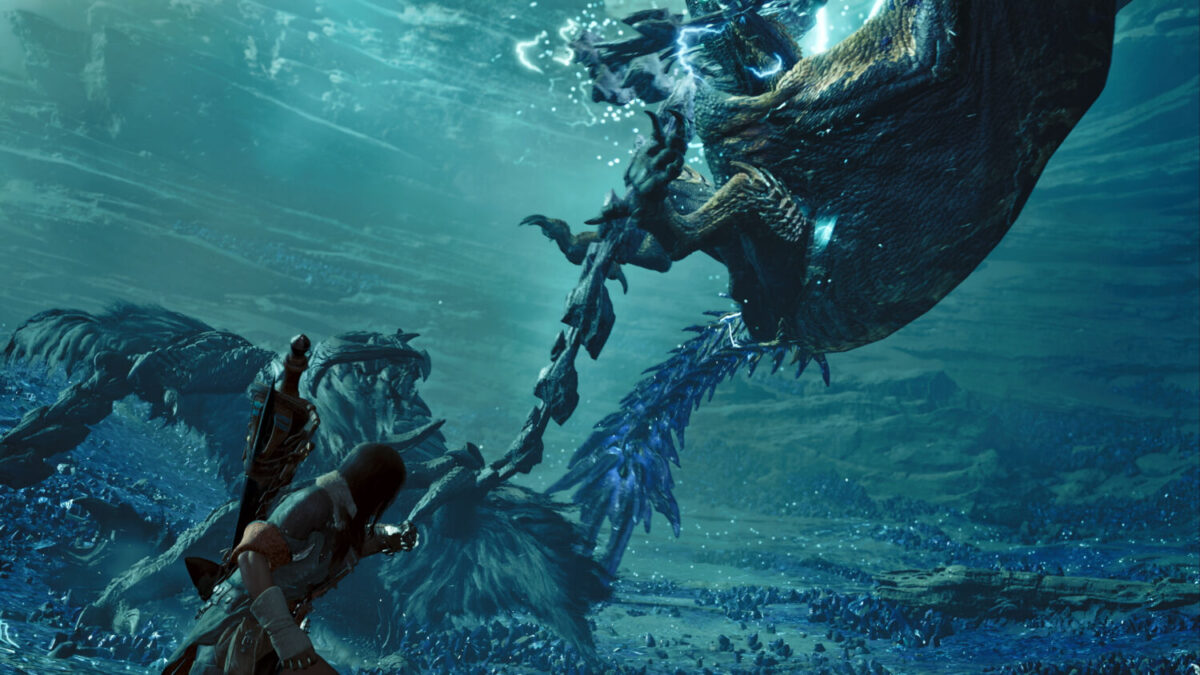
Bestiary, as expected, is awe-inspiring, breathtaking work. The Forbidden Wilds is teeming with plenty of flora and fauna, ranging from returning threats like the Gore Magala, first introduced in Monster Hunter 4, to new beasts, each cutting a mighty figure and decked out in a distinct aesthetic design that takes after their habitats. In cutscenes, the majestic factor is amplified tenfold, as hunters and beasts clash in a cinematic set piece leading into large-scale fights.
As the flagship critter, Arkveld is resplendent in all its ferocious glory, raining devastation with its long-reaching wing chains, but there are other standouts deserving of credit as well. Take for instance, the marionette spider Lala Barina, which uses its spindly limbs to scuttle around and attack, all spruced up with bright red hues similar to that of the Scarlet Forest. Meanwhile, the series’ first octopus-like creature, the Nu Udra, engulfs itself in flames and brings unpredictable movement and speed to the battlefield – a nod to the volcanic and volatile nature of Oilwell Basin.
In similar fashion, the Flying Wyvern Rey Dau’s lightning-infused attacks align with its spawn conditions (more on this later), packing a deadly supercharged beam that can one-shot underprepared players. There’s no shortage of variety in the entire roster, and even the smaller herds have a part to play in fleshing out the world, creating a near-organic sense of life.
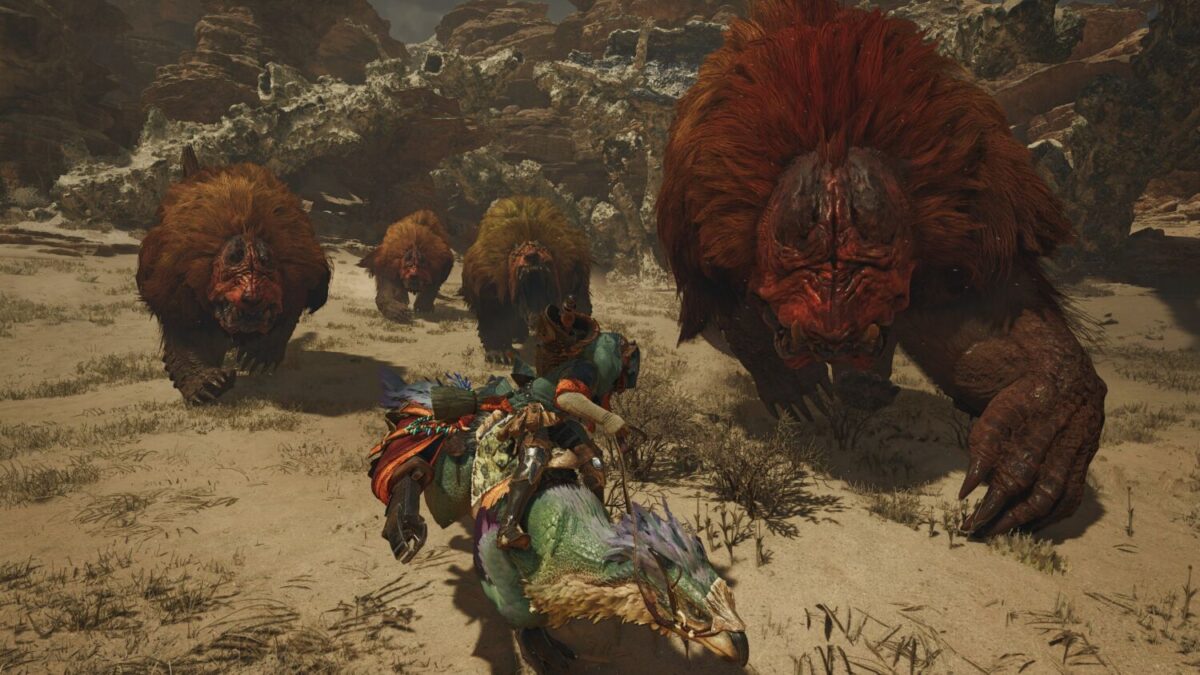
Herding is one of the more major additions that Monster Hunter Wilds touts, and for good reason. Building on the franchise’s existing focus on rich ecosystems, the successor to 2018’s World takes things up a few notches with more naturalistic wildlife behaviour (and by extent, immersion) and dynamic weather system. The welcome foray into unchartered territory introduces three environments: Fallow, Inclemency, and Plenty, where certain species will only appear under the right meteorological conditions; the earlier mentioned Ray Dau, for example, only appears during Incemency, a period of heavy downpour and thunderstorms.
These shifting seasonal effects shake up the traditional way of hunting monsters and can be used to the player’s advantage, presenting a neat way to interact with the environment. Luring the Ray Dau into a bolt of lightning deals damage to it, and that’s just the start – if a herd or alpha monster is in the vicinity, it may panic or get aggressive and butt heads with the thunder dragon, triggering a turf war. A total of five encounters took place at different points of the playthrough, and they were always a magnificent spectacle to behold as not a single one unfolded in the same way; one moment, a Lala Barina would go toe to toe against a Congalala in the Scarlet Forest, while another saw a scuffle between the Nerscylla and Hirabami in the Iceshard Cliffs. The unscripted mechanic is a neat stab at crafting an organic fabric of immersion, and has been balanced out such that players cannot completely rely on turf wars to take down their main target.

Weaving everything together is a semi-open world that makes Monster Hunter Wilds the series’ most seamless entry yet. The days of posting quests on the board and teleporting into a loaded map are gone, replaced with an inviting sense of freedom that sees hunters traipsing from one biome to another, complete with branching pathways and multi-layered environments.
Each locale breeds individuality and offers different sights, with some tied to environmental effects – where Scarlet Forest boasts lush greenery, ancient civilisation ruins, and red-tinted waters, Iceshard Cliffs are home to massive caverns and frosty tundra landscapes that eat away at the player’s health if they don’t have cold resistance from a Hot Drink. Again, monsters are aesthetically and thematically attuned to their respective regions, accentuating the overall sense of cohesion.

A handful of niggling issues still persist, however. Following in the footsteps of past generations, character control is relinquished during specific parts of the campaign, preventing players from exploring the immediate surroundings and forcing them to do as dictated – whether it’s trailing behind an NPC or checking out scenic views. Unlike before, players won’t be able to visit all the locations from the get-go, as exploration is gated behind the main story beats. The limitation also carries over to monster slaying, and it doesn’t help that the map can be unintuitive to navigate.
Customisation is a delight, as one might have guessed. In addition to elaborate character creation offerings, including nose bridge height, cheekbone depth, and teeth stain colour, alongside makeover options for the Seikret and trusty Palico (which features a speaking voice for the first time), Monster Hunter Wilds also allows players to remap their radial menus and tinker with certain UI elements. Armour is no longer specific to gender, and accessibility tools like an arachnophobia mode are available for those who need them, although their effectiveness remains to be seen.

In shedding its niche appeal, the sixth-generation adventure may be losing a part of its core identity, which longtime fans are rightly worried about. Look past the change in pace, however, and there’s still a lot to love about Monster Hunter Wilds and its respectable attempt at shaping a world that’s more alive than it ever has been. It’s the best parts of the series packed into a streamlined, more accessible experience, proving enjoyable and engaging enough to convert a lukewarm non-enthusiast into a casually interested hunter – an impressive feat in itself.
GEEK REVIEW SCORE
Summary
Monster Hunter Wilds breathes life into bold ambition, steering a traditionally niche adventure into mainstream territory – and with mostly positive results to show for it.
Overall
8.6/10-
Story - 8/10
8/10
-
Gameplay - 9/10
9/10
-
Presentation - 9/10
9/10
-
Value - 8.5/10
8.5/10
-
Geek Satisfaction - 8.5/10
8.5/10

